What Is Fine Hair? How To Prevent Breakage & Tips To Follow
Once you are sure you have fine hair, apply pro tips to keep it healthy and gorgeous.
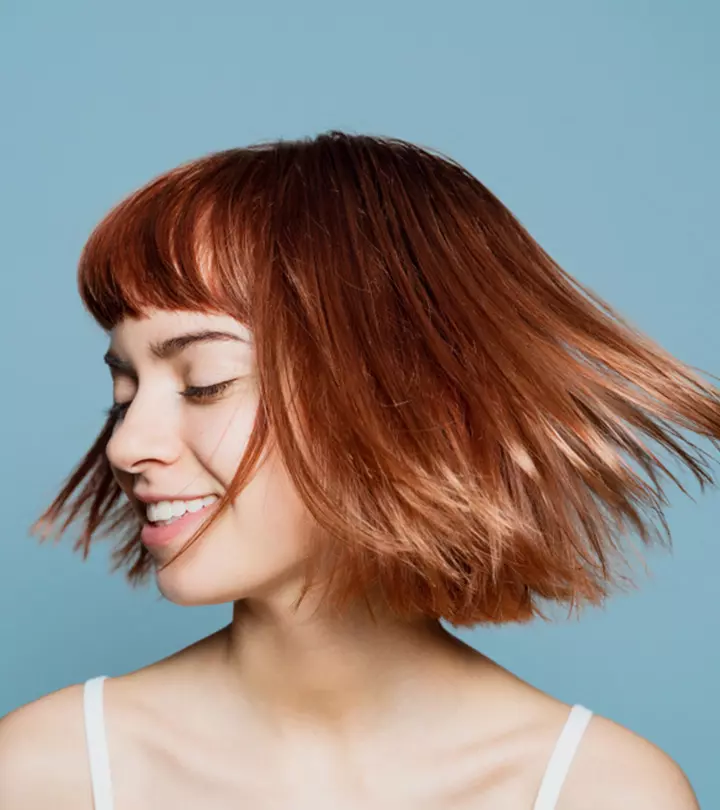
Image: ShutterStock
People often confuse fine hair for thin hair. And that is why you need a thorough fine hair guide. Distinguishing the two hair types has more to do with the strands than the hair density. Fine hair, like any other hair type, has its troubles. It refers to the diameter of individual strands, which are smaller and more delicate, while thin hair relates to the overall density of strands on the scalp. It tends to look limp, breaks easily, and is not easy to style.
Here is a practical guide to fine hair to help understand its issues without getting overwhelmed. It explains the nuances of fine hair and how to care for it. Scroll down.
In This Article
What Is Fine Hair?
Fine hair refers to less thick hair strands or hair fibers. The individual strands of fine hair have a lesser diameter than thick hair strands. They are not the same as thin hair. “Thin hair” refers to the hair density or how much hair you have all over your head. You can have dense hair growth, but your individual hair strands could be fine. In other words, thin hair refers to a lack of volume.
Adelaide, a forensic biologist and blogger, shares that she has baby-fine, slippery-type hair. She writes, “For as long as I can remember I haven’t had a lot of hair. I’ve mostly always had it long, but it’s always been very thin. I have that baby fine, slippery type of thin hair that’s hated among those who – like me – are unlucky enough to suffer from it (i).” She also discusses the issues faced by those with thin hair such as noting being able to skip shampoo days, flat drowned-rat type hair, wind and static causing hair fall and tangles, and being unable to style her hair the way she wants too.
But what factors make hair fine? Learn about them in the next section.
Key Takeaways
- A hair strand with a shorter diameter than thick hair is called fine hair.
- People with fine hair should go for hot oil massage, use a mild shampoo, minimize heat usage, detangle gently, apply a mixture of avocado and yogurt, and wrap the mane with a satin or silk scarf before going to sleep.
- Short and simple hairstyles are more suitable for fine hair.
Causes Of Fine Hair
Several factors can cause fine hair. These include:
- Genetics: Hair type is often hereditary. You’re more likely to have fine hair if your parents or grandparents had fine hair.
- Age: Hair tends to become finer as one gets older.
- Nutrition: A lack of essential nutrients, especially protein and other vitamins, can make hair finer.
- Harmful Practices: Use of harsh hair products, over-styling, or tight hairstyles can also damage hair and make it finer.
It’s essential to take care of your hair and avoid any practices that can damage it or make it finer. But, how do you know if you have fine hair or thin hair? Keep reading to find out.
How To Know If You Have Fine Hair (Video)
Anyone can have fine hair, including those with thick hair and thin hair, straight hair, and curly hair, and short hair and long hair. Thankfully, there are a few quick at-home methods to tell if the type of hair you have is fine. Check this short video to put your hair to test now!
The major issue with fine hair is it is prone to breakage. What can you do to prevent that? Here are a few easy remedies that can help.
How To Prevent Fine Hair Breakage?
Strengthening your hair roots and nourishing your hair strands with adequate protein can help prevent hair breakage.
Here are a few ways you can achieve that.
- Hot Oil Massage: Mix coconut and almond oils and warm the mixture. Let it cool down a bit such that you can touch it safely. Massage the oil into your scalp gently using your fingertips. Apply the rest of the oil to your hair strands. Wear a shower cap and wait for 30 minutes before washing. Do this twice a week.
- Use A Gentle Shampoo: Use a shampoo free of parabensi A class of preservatives that are frequently found in drugs and cosmetics that can damage fertility and raise the risk of cancer. and sulfatesi Cleaning agents that bind to oil, fat, and dirt to remove them from the surface but could irritate and harm the skin and eyes. . Harsh chemicals in shampoos strip the natural oils of the scalp and make hair prone to breakage.
- Minimize Using Heat: Styling tools are convenient. But using them frequently can dry the hair shaft out, make hair weak, and cause breakage. Fine hair is already prone to breakage and warrants reduced use of heat tools. Air dry your hair or use a cool setting, use curling sponges instead of a tong, and let your hair be natural and not broom-straight. If you must apply heat to your hair, apply a heat protectant before using any styling tools. Heat protectants act as a shield, reducing damage by forming a protective barrier between your hair and the heat.
- Use Avocado And Yogurt: Avocado and yogurt are rich in protein, good fats, and vitamins essential for reducing fine hair breakage. Mix half of a medium avocado with two tablespoons of organic yogurt. Apply the mixture to your scalp and hair. Wait for 20 minutes before washing. Do this once a week.
- Detangle Gently: Fine hair can also become tangled if not brushed regularly. To detangle, use jojoba oil to add slip to the knot. Use a fine-toothed comb to get the tightest knots. Next, use a wide-toothed comb and brush your hair down-up to get rid of tangles.
- Wrap A Scarf: Wrapping your hair in a satin or silk scarf before going to bed helps reduce friction. This, in turn, helps reduce hair breakage.
These are the quickest and easiest ways to reduce fine hair breakage. But why wait for breakage to happen in the first place. Isn’t prevention always better? Here are a few hair care tips for fine hair that help reduce breakage and tangles.
More Hair Care Tips For Fine Hair
- Use Lightweight Conditioners: Fine hair tends to look limp or flat and weighed down. Avoid using conditioners that contain heavy oils or silicones that will weigh down fine hair. Wash your hair thoroughly with water.
- Do Not Rub To Dry The Hair: Use a towel to dry your hair. Do not rub your hair strands. Rubbing causes friction and can weaken the hair strands, making them prone to breakage. Instead, wrap your hair in the towel and pat your hair to ensure the towel soaks the water.
 Quick Tip
Quick Tip- Use A Protein Mask: A protein mask will help strengthen your hair strands. You may use egg white or yogurt or mix the two and apply it to your hair. Wait for 20 minutes before washing.
- Get A Spa Treatment: Spa treatments (once a month) with the right hair care products and ingredients can help hydrate the strands without weighing them down. They also help strengthen the hair roots and keep your hair healthy and soft.
- Brush Hair Twice A Day: Brushing your hair boosts blood circulation and allows the scalp natural oils to coat the hair strands. Brush your hair for at least a minute, twice a day, to strengthen your fine hair. Remember, too much brushing can cause split ends and damage. Hence, make sure to use a high quality paddle brush with short bristles and a flexible base to contour to the shape of your head.
- Protect Your Hair: Sun, dust, pollution, and friction can cause serious hair damage. Protect your hair by wearing a scarf while stepping out. You can also use a satin pillowcase to reduce friction while sleeping.
- Consume Protein: Protein promotes hair health. Consume fish, chicken breast, ground turkey/beef, eggs, soy, edamame, pulses, kidney beans, garbanzo beans, mushrooms, nuts, and seeds.
- Consume Veggies And Fruits: Veggies and fruits are a great source of vitamins, antioxidants, and minerals essential for hair health. Consume dark leafy greens, carrots, beets, tomatoes, okra, bell peppers, scallions, apples, dates, apricots, oranges, papayas, etc.
- Take Supplements: If you cannot get adequate amounts of vitamins, minerals, and healthy fats from food sources, talk to your doctor and start taking supplements. Omega-3, iron, zinc, and biotini A water-soluble vitamin (B7), that can promote follicle growth and increase keratin synthesis in hair. supplements can help improve hair strength.
These are the ways you can take care of fine hair. Now let’s get to the fun part – haircuts and hairstyles most flattering for fine hair. Scroll down for pictures and style ideas.
10 Best Hair Cuts And Styles For Fine Hair
Fine hair is suitable for many trendy hairstyles. With the right haircut and hairstyle, you can add volume to your hair effortlessly. Here are the 10 best haircuts and styles you can try.
1. Keep It Short And Simple

Short hair is easy to manage and maintain. Having fine hair makes it easier to style, and you don’t have to spend hours in front of the mirror to style it. Just brush it and part your hair on the side or middle.
2. Keep Your Head And Ponytail High
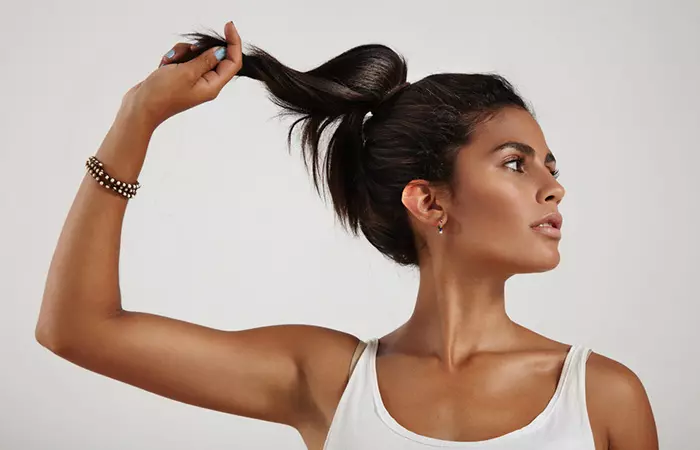
A high ponytail with casual waves at the hair ends is perfect for work, gym, and the club. Tease your hair roots a bit to add volume. If you are not a fan of teasing your hair, use a dry shampoo to zoosh up your hair roots.
Don’t make your ponytail too tight to avoid traction alopecia. Dry shampoo is fine for a day or two, but make sure to not leave it in too long to prevent hair loss.
3. Keep It French And Classy
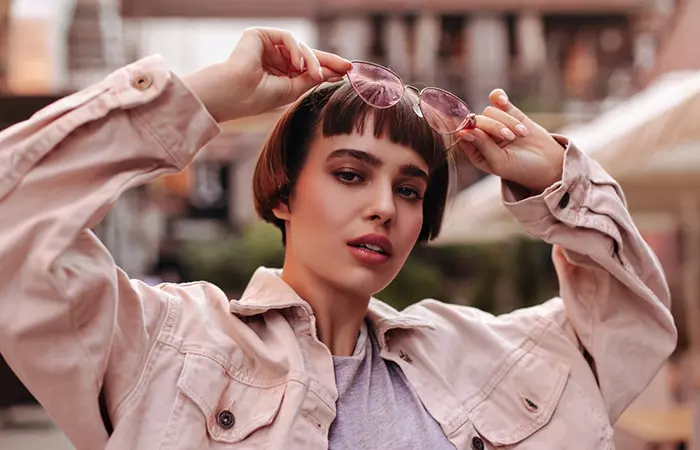
A short, blunt hairstyle with French bangs has a Parisian supermodel essence to it. If you have an oval or long face, this short hairstyle for fine hair will make you look classy, whether you wear a biker jacket or an evening gown.
4. Go Bandanas!

Redefine your everyday look with a hair bandana or a scarf. Wear a ponytail or leave your hair open, tie a hair bandana the 50s style, wing your eyeliner, pop a red lipstick, and you are ready to drive the whole town crazy!
5. Keep It Easy And Beachy

Short hair or long, beach wave hairstyle was made for fine-haired girls. All you have to do is flip your damp hair down, spray a hair texturizing or salt spray, shake your hair roots, and flip your hair up.
6. Who Bun The World?

On days your hair refuses to listen to you, go for ballerina buns or loose low buns. These will save you time and make you look effortlessly cool.
7. Turn Up The Volume!
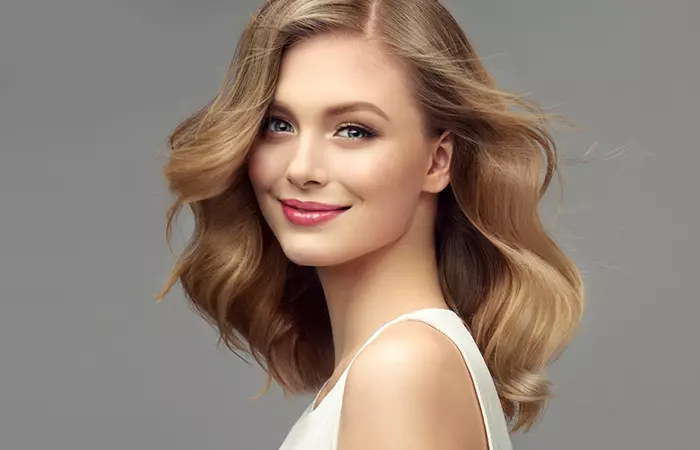
Short or long, if you have fine hair that has medium to low density, adding volume and texture can be a game-changer. Use a hair curler to add loose curls to your hair. Shake your hair up and enjoy the mirror’s silent awe!
8. Keep It Curly And Flirty
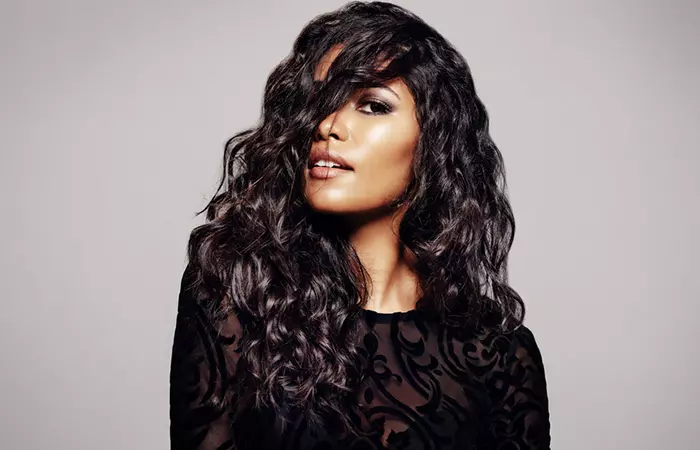
Curls flatter every hair type and haircut. They also add volume, bounce, and shine. But if you aren’t sure how to curl fine hair, you can achieve this look with a curler, heat protectant, and some mousse. Also, don’t forget that this hair type does not hold curls well, so make sure to use a hair setting spray to keep them secure and long-lasting.
9. Lights And Highlights
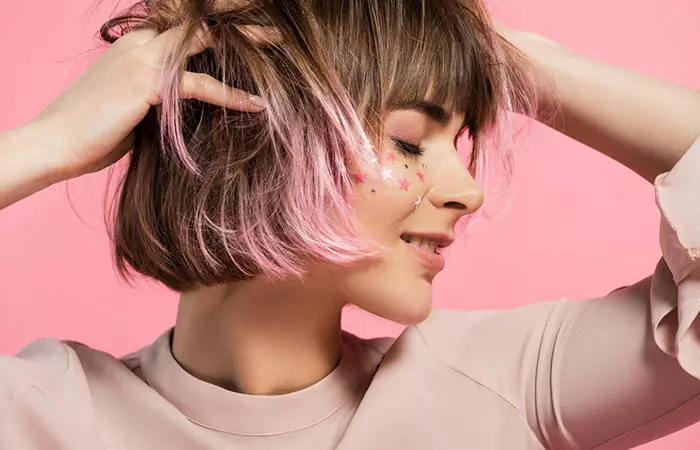
Highlighting your hair could be the next best thing after curling. The depth and definition it adds can transform your hair from bland to badass! Ready to metamorphose?
 Quick Tip
Quick Tip10. Bohemian Dream Girl
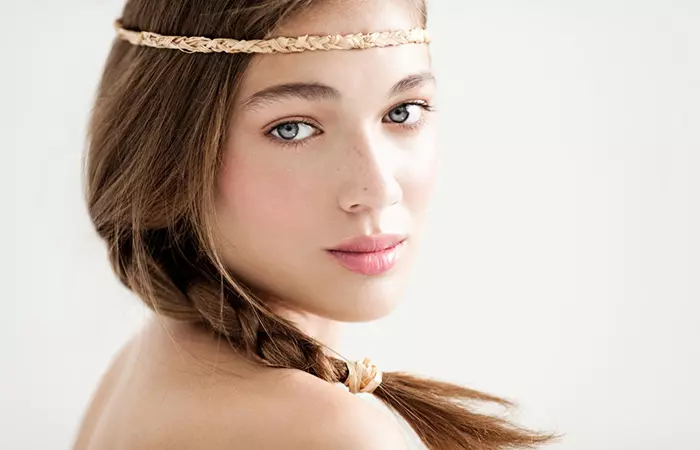
Who said you cannot wear braids? A side braid with loose locs in the front and a flower accessory or a forehead band are all you need to look at braids in a new, Bohemian light.
Infographic: Protein Hair Mask Recipes
Fine hair refers to hair strands with a smaller diameter than thick hair. Since fine hair is more prone to hair damage, it is important to follow a proper hair care routine to prevent further damage. Using homemade protein hair masks will keep your hair strong and shiny.
Check out the infographic below to know more! Illustration: StyleCraze Design Team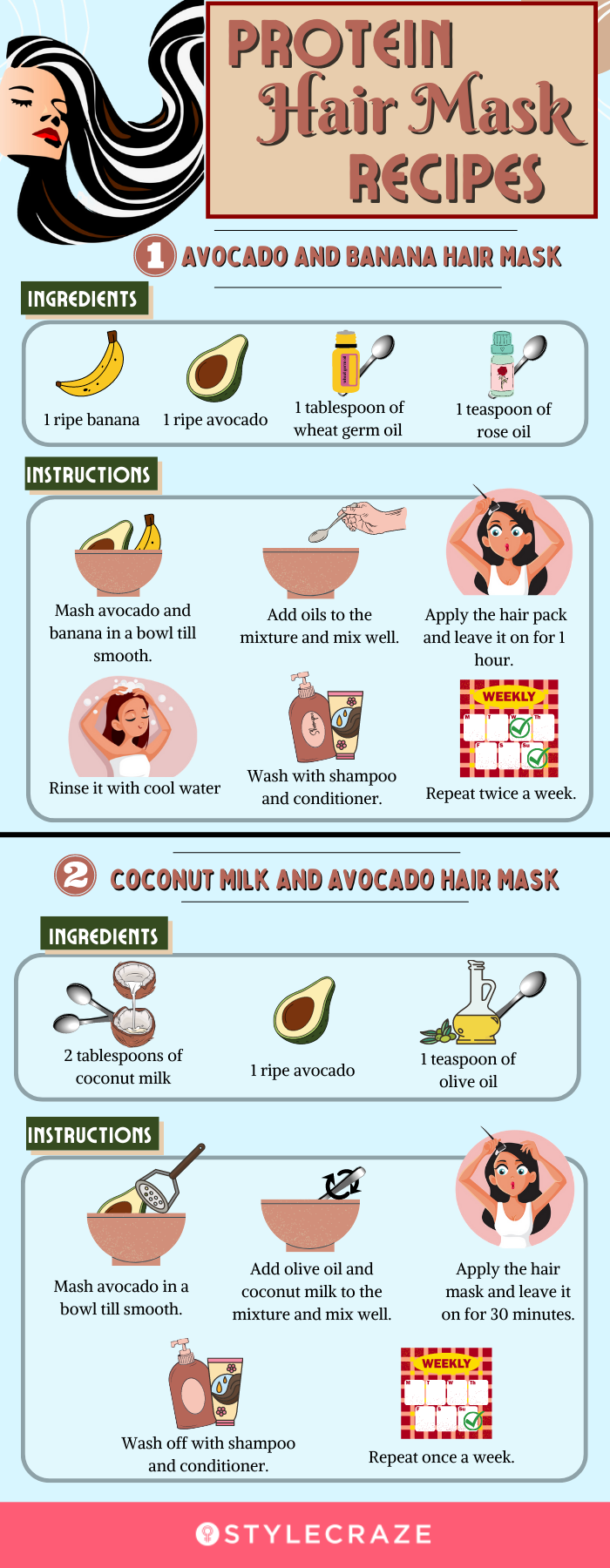
Fine hair is prone to breakage and not easy to style. If you have fine hair, you need to put in extra effort and attention to take care of it. However, many people do not know the difference between fine and thin hair. This fine hair guide will help you understand the difference between the two and has all the tips and hacks to help you learn more about how to take care of and style fine hair and cuts that suit such hair type. Redefine your fine hair with the stylish looks discussed here.
Frequently Asked Questions
Can I use the same products for fine and thick hair?
Not really. Fine hair needs lightweight products to avoid being weighed down, while thick hair benefits from richer, more nourishing products. So they both need different hair care products.
Is castor oil good for fine hair?
Yes. Anecdotal evidence suggests castor oil can be good for hair regrowth and thickening.
Can fine hair have layers?
This depends on your preference. However, layering can make your hair look sparser and thinner. Hence, avoiding layering fine hair is advised.
Is short hair better for fine hair?
Yes. A short haircut usually looks more voluminous and is ideal for fine hair.
Is coconut oil good for fine hair?
Yes. Coconut oil has protein retention properties that make your hair more flexible. This is especially good for fine hair prone to splitting and breakage.
Why is my fine hair so dry?
There could be many reasons behind fine dry hair. Some of these could be overexposure to the sun, wrong hair products, swimming, heat styling, and irregular conditioner use.
What causes thinning hair?
Besides genetics, various lifestyle factors like stress, lack of vitamins and minerals in your diet, wrong hair care products, and tight hairstyles could lead to thinning hair.
Illustration: What Is Fine Hair? How To Prevent Breakage & Tips To Follow
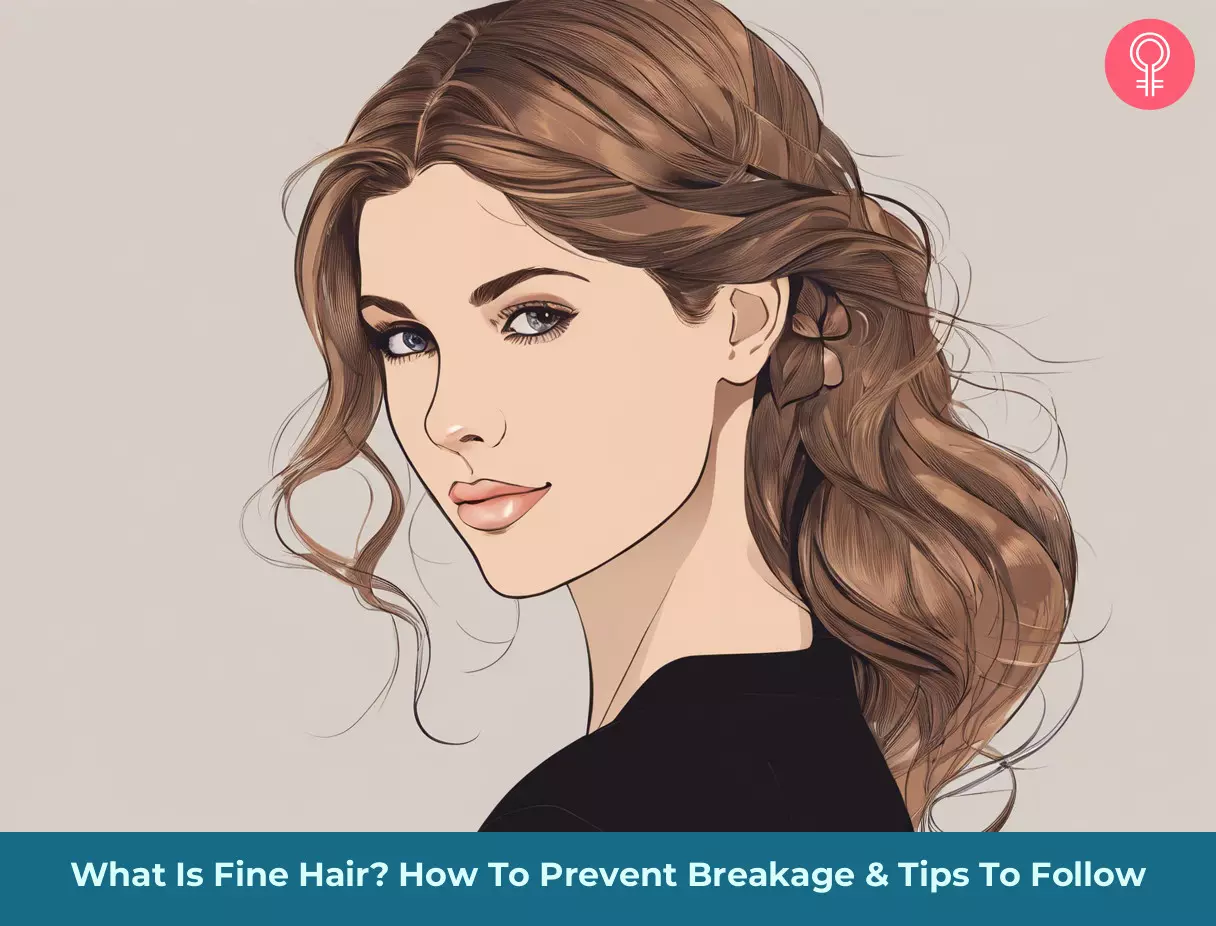
Image: Stable Diffusion/StyleCraze Design Team
Unlock the secrets to managing fine hair with this expert guide! Discover the essential do’s and don’ts that will transform your hair game. Watch this video now and flaunt your fabulous locks!
Personal Experience: Source
StyleCraze's articles are interwoven with authentic personal narratives that provide depth and resonance to our content. Below are the sources of the personal accounts referenced in this article.
i. The diary of a thin-haired girlhttps://thebeautyandthegeekau.wordpress.com/2016/11/21/the-diary-of-a-thin-haired-girl/
Read full bio of Martine Langsam
Read full bio of Arshiya Syeda
Read full bio of Ramona Sinha
Read full bio of Medha Deb







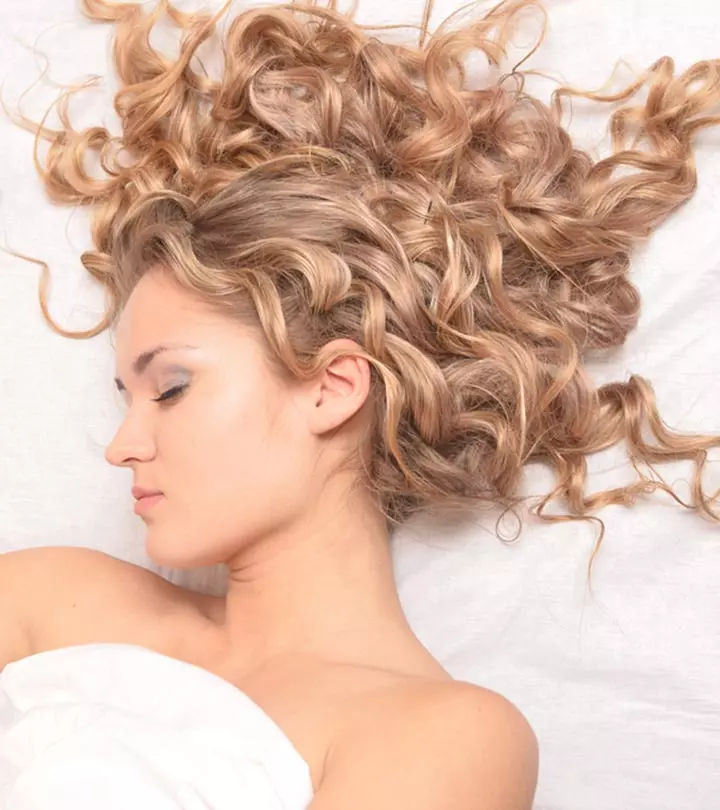
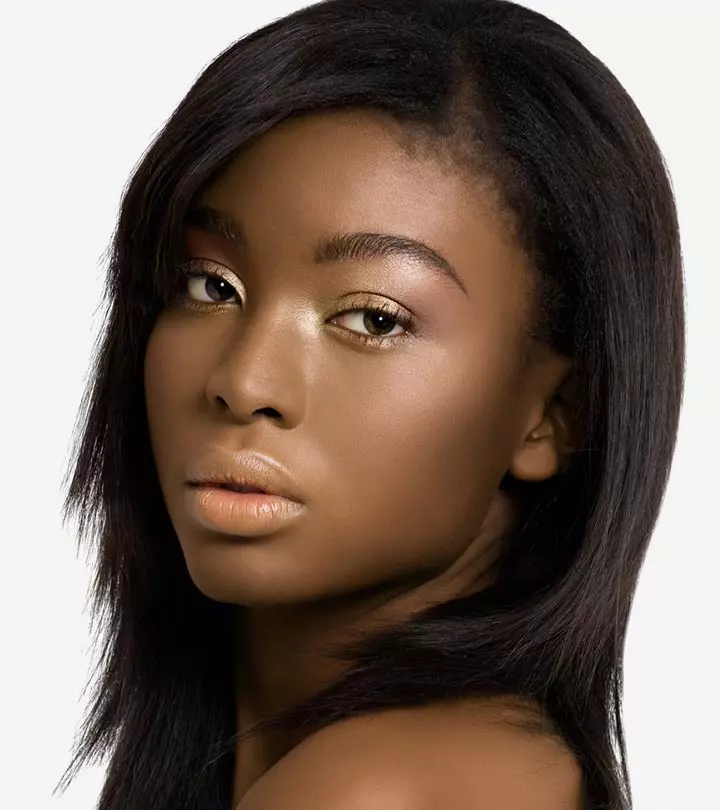
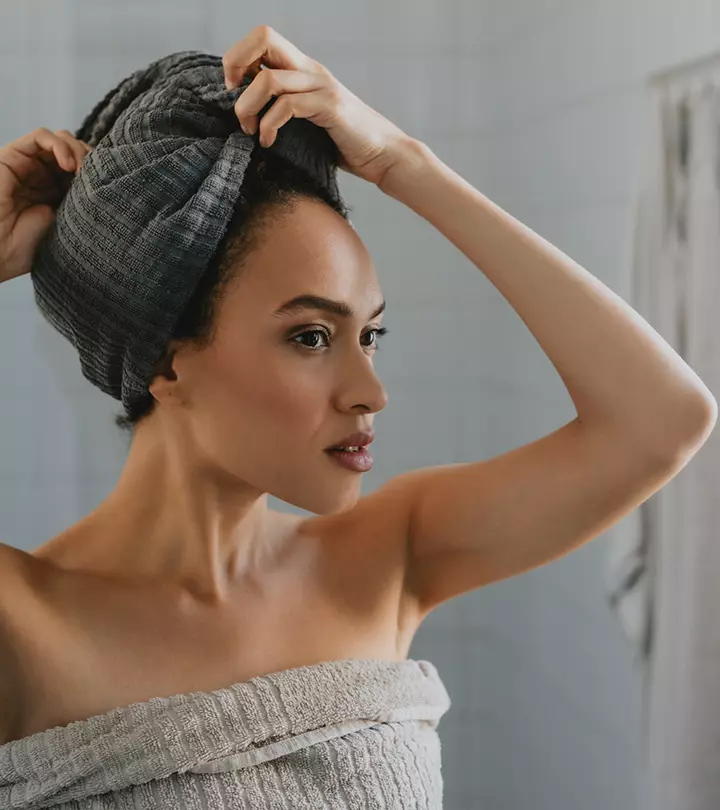
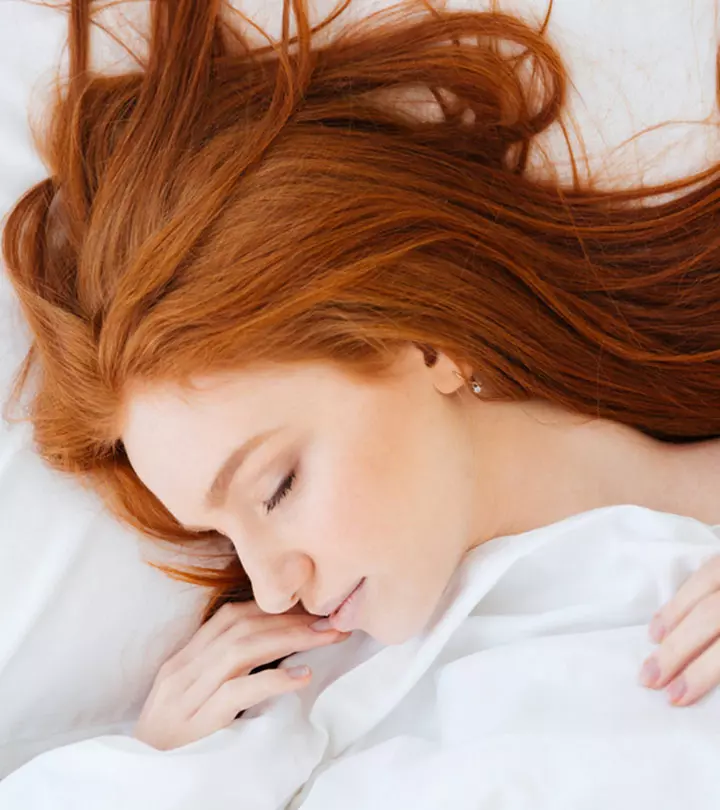
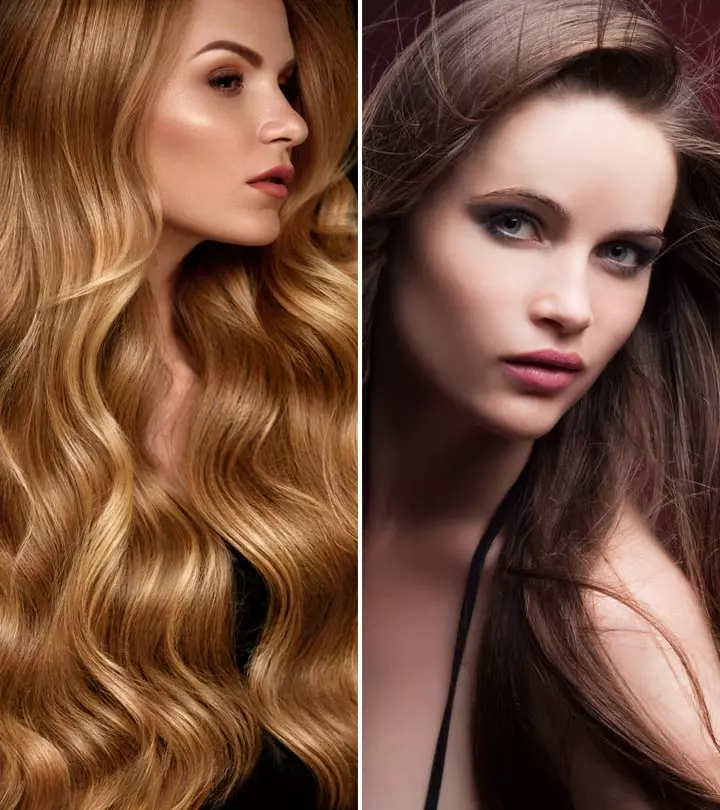
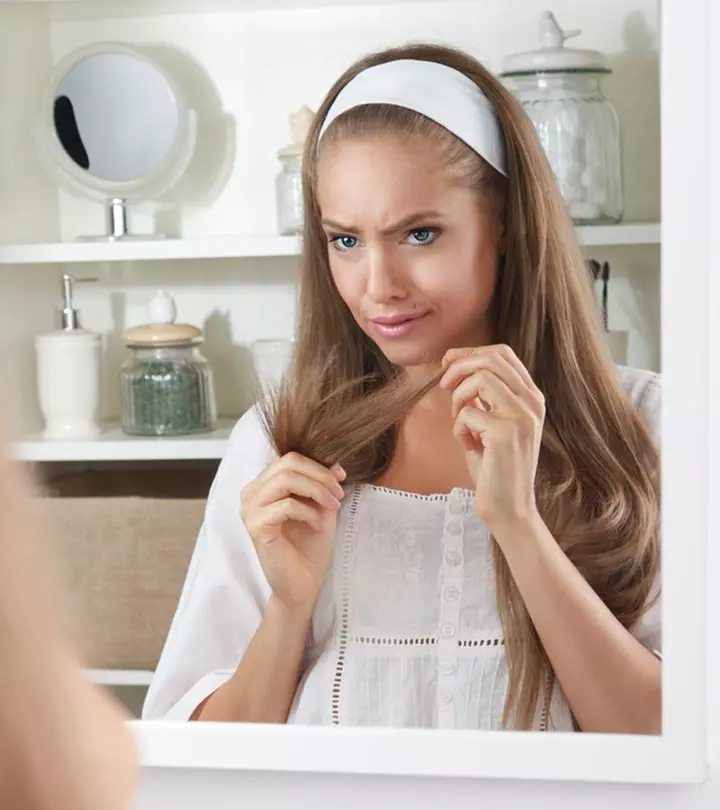
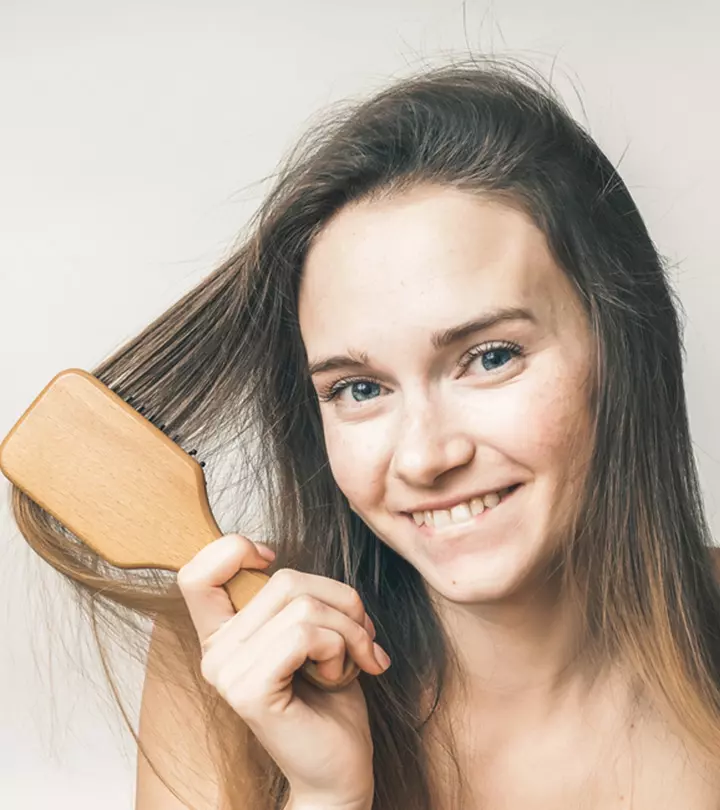


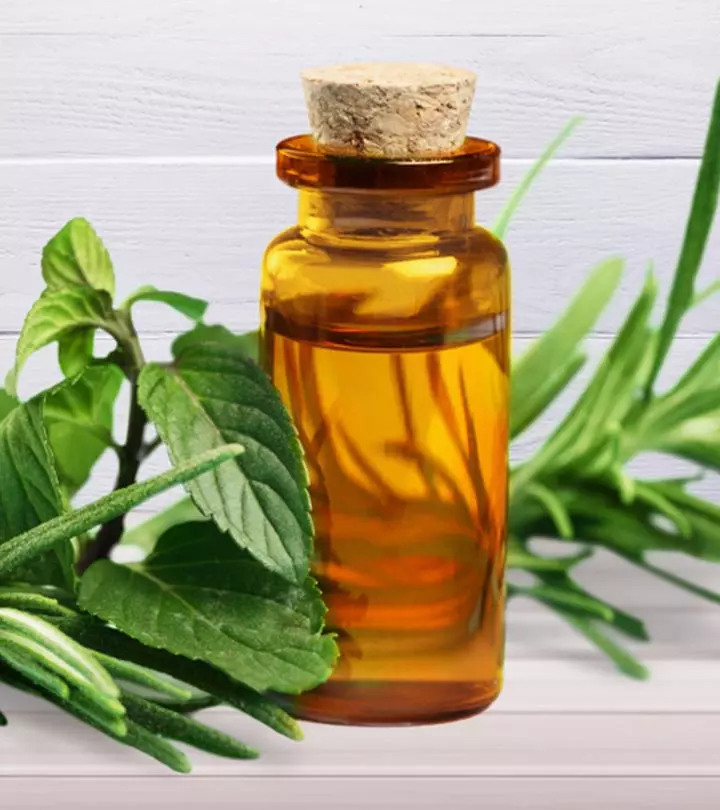
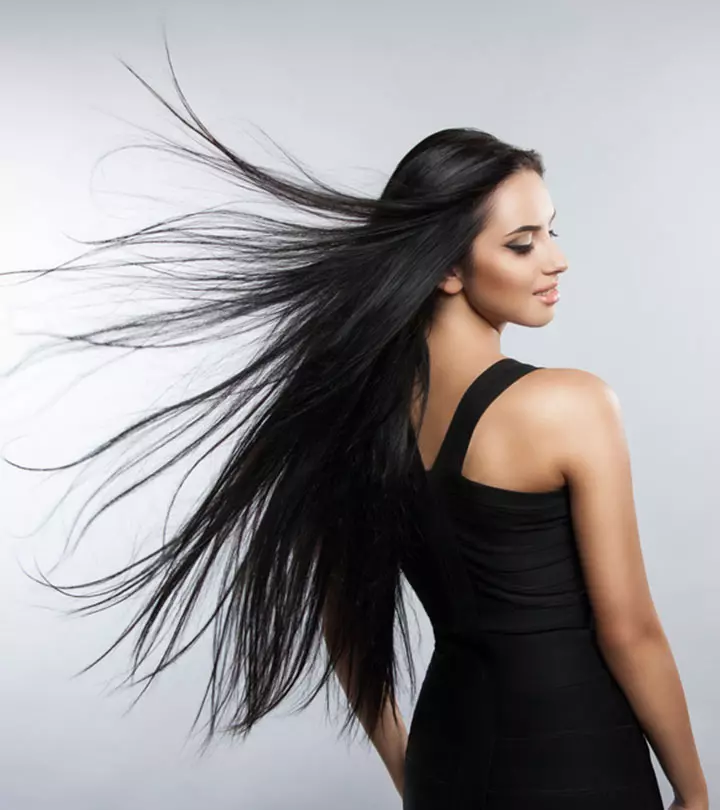

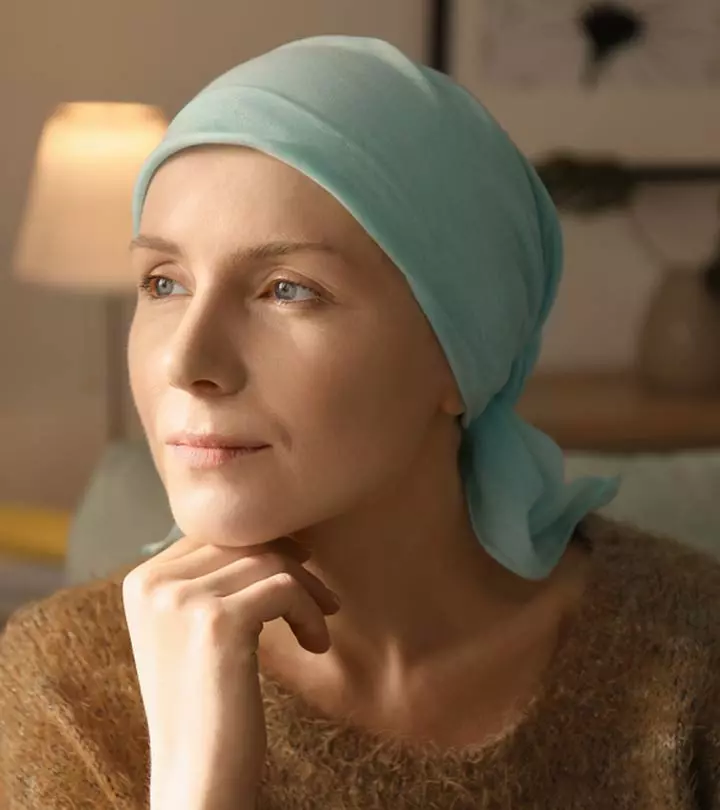
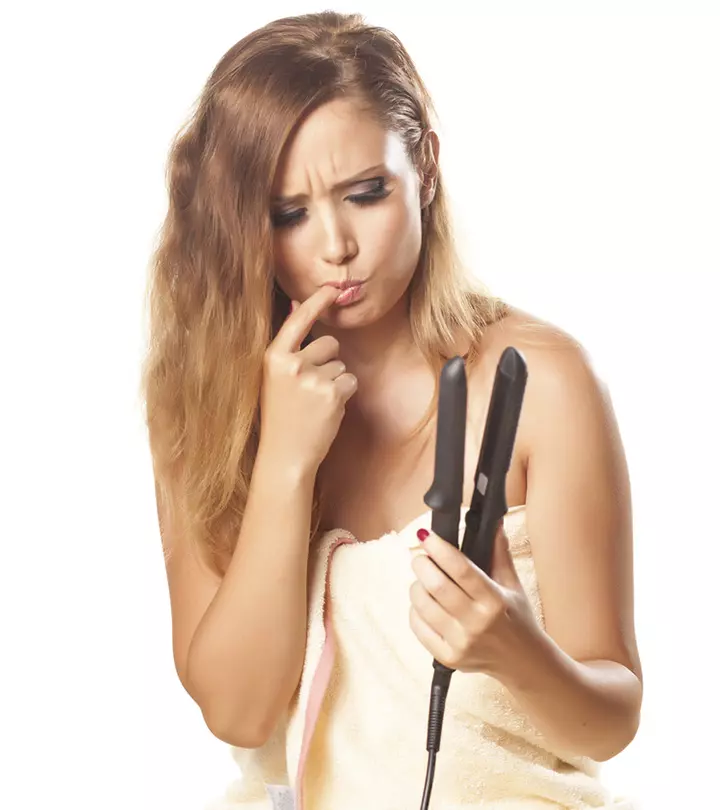
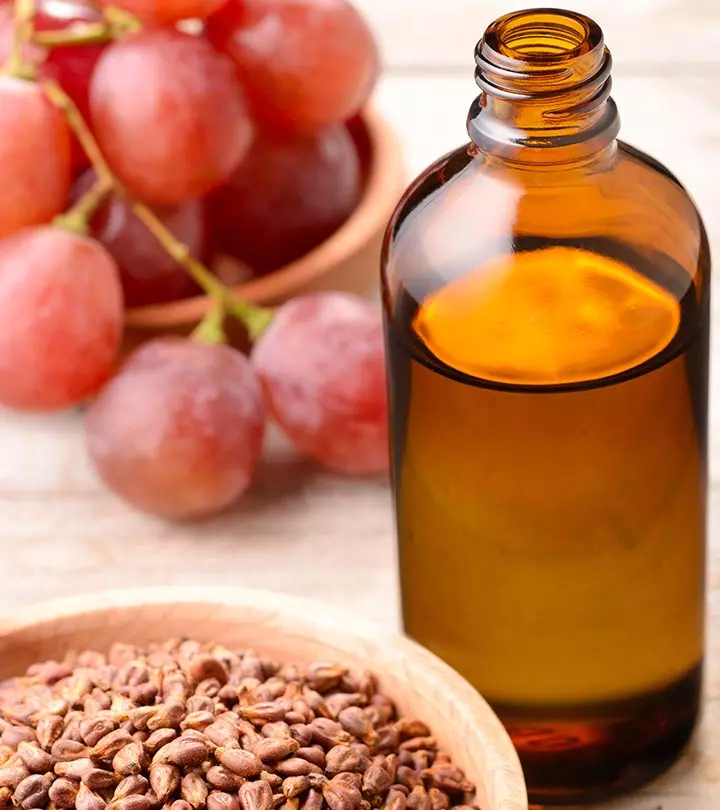
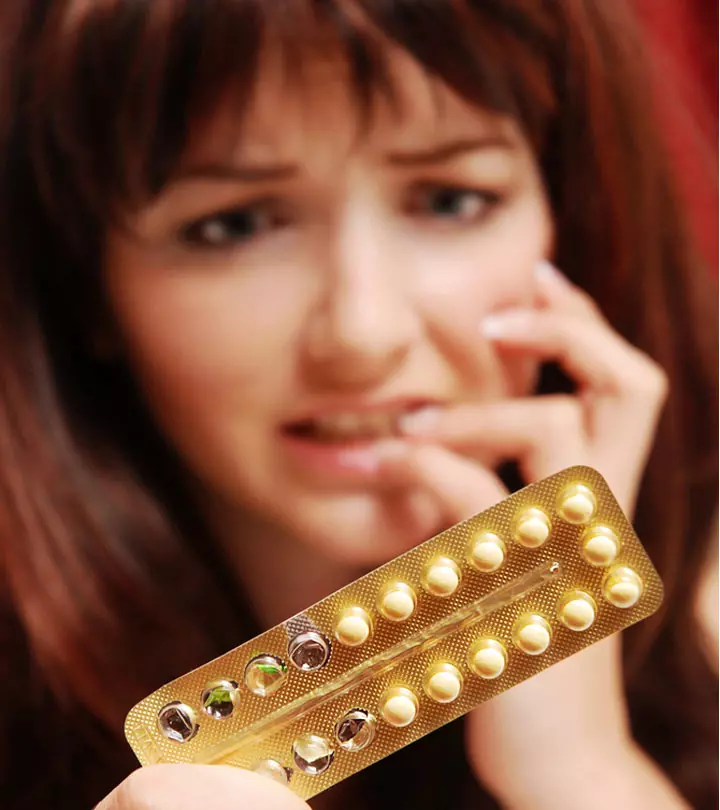
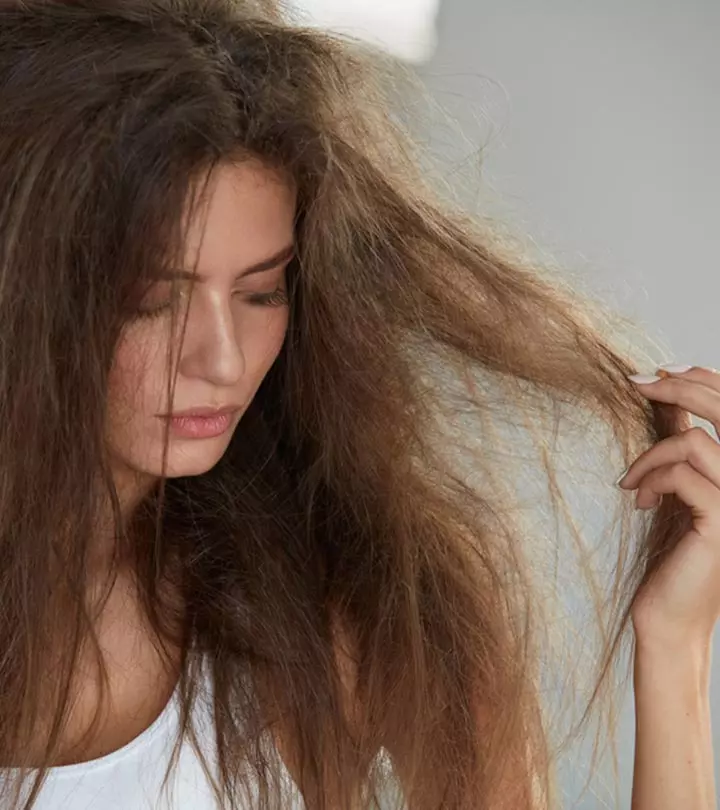
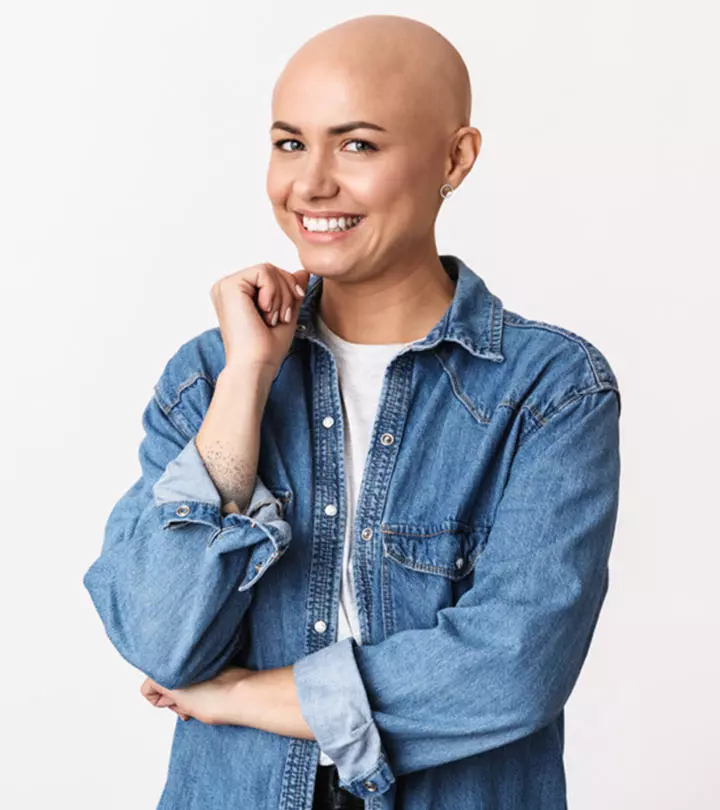

Community Experiences
Join the conversation and become a part of our empowering community! Share your stories, experiences, and insights to connect with other beauty, lifestyle, and health enthusiasts.